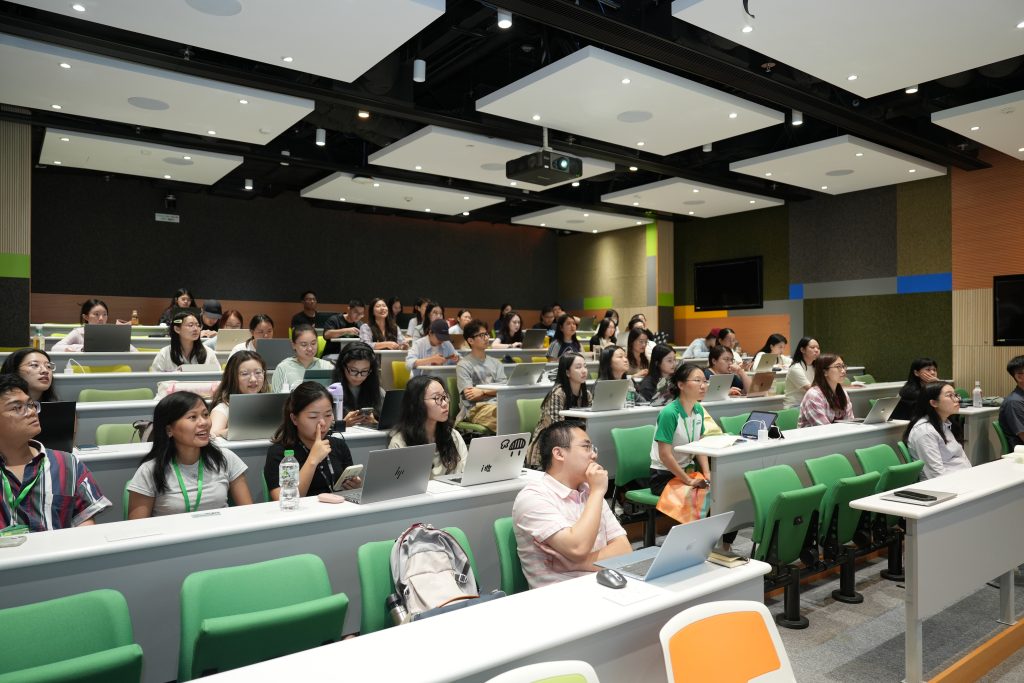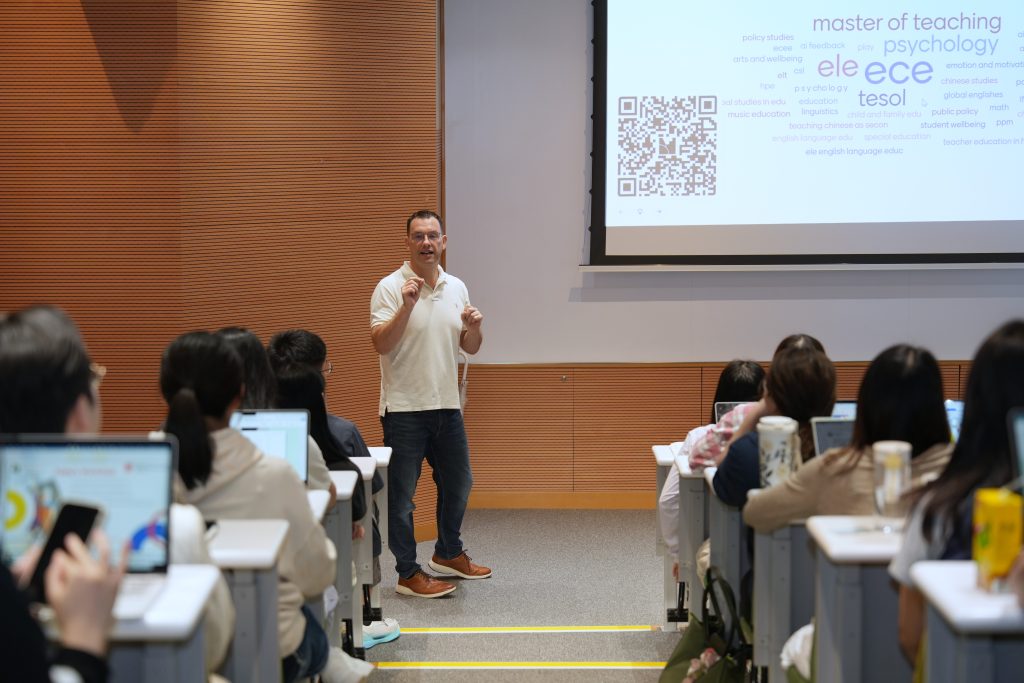Presentation Skills for a Doctoral Viva
Presentation skills for a doctoral viva were the focus of a Graduate School workshop delivered by EdD Programme Coordinator Dr Lucas Kohnke. The workshop provided RPg and EdD students with an examiner’s perspective on the skills required for a successful doctoral thesis defence. Dr Kohnke stressed the importance of confidence in the face-to-face workshop held on October 8th.
The workshop began with an overview of the three-stage examination, which typically lasts approximately 90 minutes. The first stage, a 20-minute presentation by the student, should include the core research and a direct response to the examiners’ written feedback. In the next part, examiners will spend around 45 minutes following up on the candidate’s responses and clarifying specific issues. A decision about the outcome of the thesis is discussed among the examiners in the final stage of the viva, which lasts around 15-20 minutes.
In unpacking the oral defence, Dr Kohnke noted that the PowerPoint presentation should comprise up to 15 slides, including a title page, research background, methodology, findings, conclusions, and responses to the examiners’ feedback. Students were advised that they are expected to clearly articulate the significance of the study, the problem statement and respond to the examiners’ comments. Dr Kohnke noted that the flow of the presentation should lead to the most critical sections of the thesis, the findings and discussion.
Dr Kohnke’s advice centred on good preparation. He suggested that candidates should work closely with their supervisors, conduct multiple rehearsals, and prepare backup slides along with relevant materials. Presenters should ensure that their slides are concise and consistent while using diverse methods to engage the audience. He also listed potential questions from examiners and advised that during the Q&A session, it would be better to acknowledge gaps candidly and integrate findings from field research discussions.
Dr Kohnke concluded the workshop by sharing some practical suggestions on the signposting of phrases for each presentation section. He explained that this approach provided a structured expression framework for presenting findings and discussions, helping students articulate their research logically and accurately.



